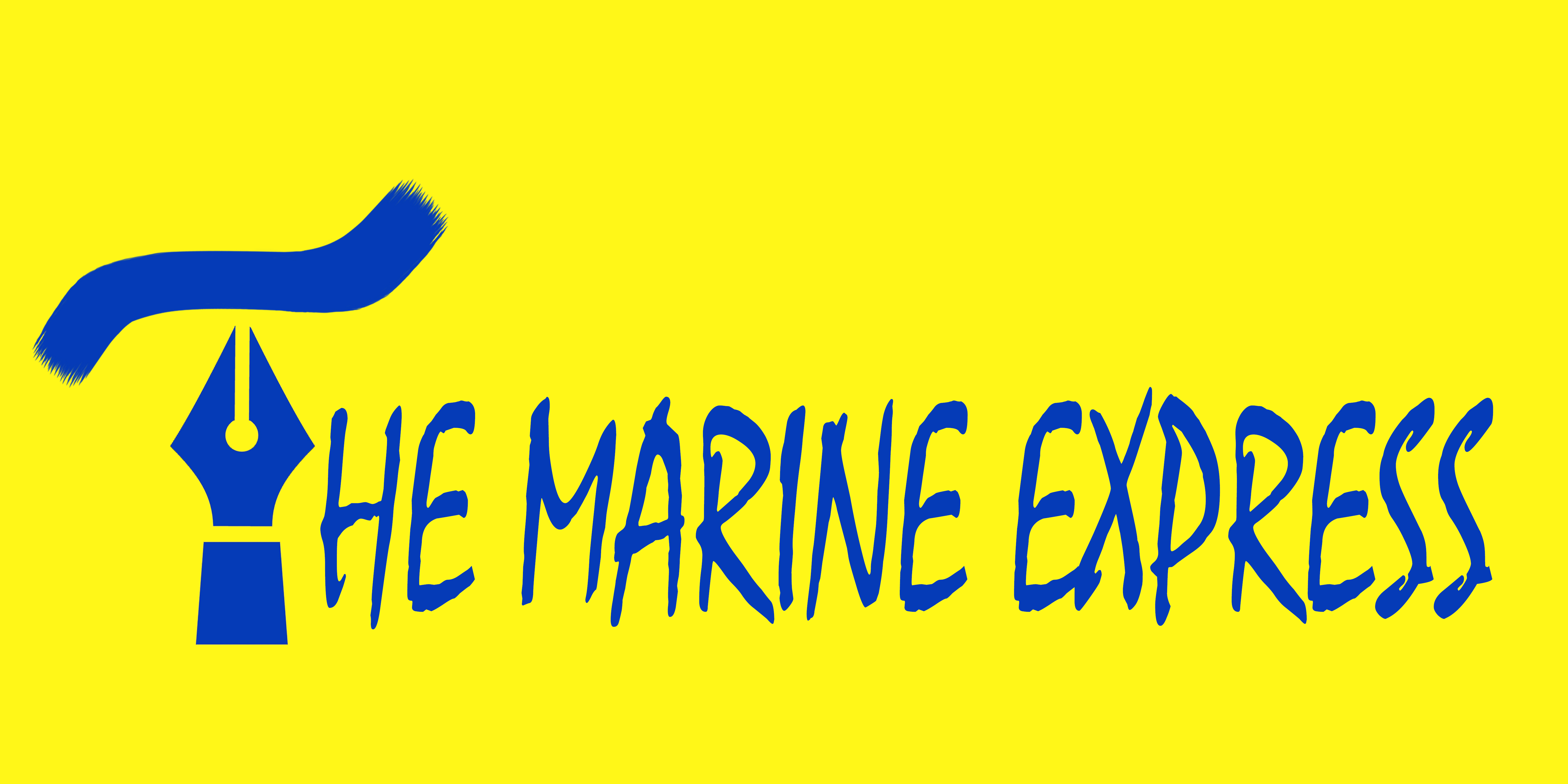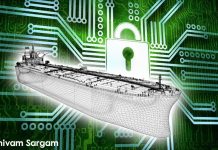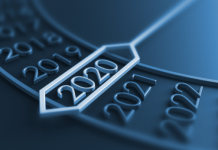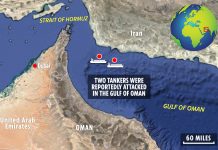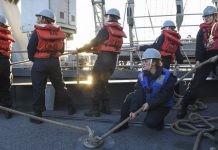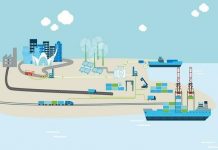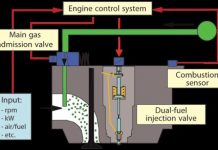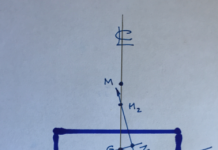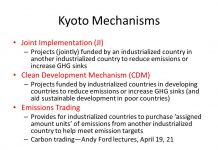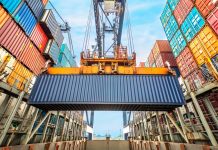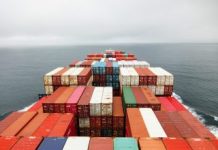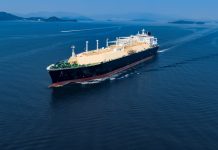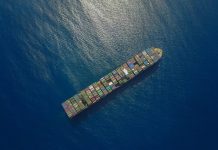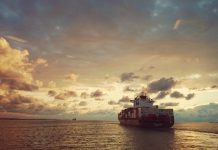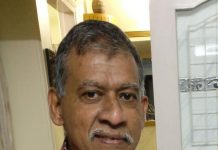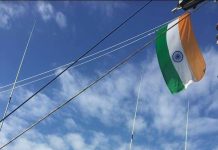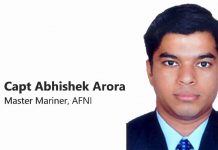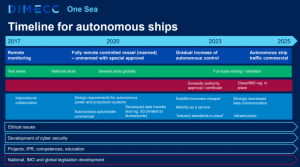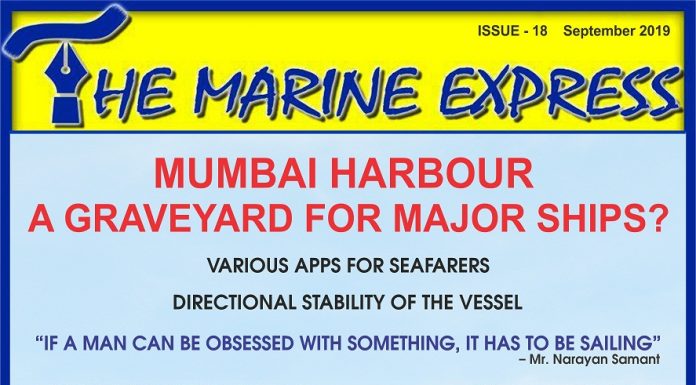The changes towards autonomous shipping seems to be a long one. The process is rather incremental and can be achieved in small steps and it is onset.
The need is to think about what we bring in to the market so that the market is able to adapt, said Riku-Pekka Hägg, Vice President, Ship Design Wärtsilä Ship Power, in an interview in Oslo.
It was also explained that on the regulatory side one doesn’t need a giant leap but can make small steps in order to create an ecosystem which supports autonomy. The overall aim of the alliance is to put more autonomy in vessels and increase their safety and reliability.
When we talk about autonomy we don’t necessarily talk about unmanned technology; we talk about the increasing level of autonomy, increased safety, efficiency and sustainability of the maritime industry,” Jukka Merenluoto, Ecosystem Lead at DIMECC Oy, pointed out during a presentation of One Sea at Nor-Shipping. Back in 2016, global pioneers in the maritime industry including Wärtsilä initiated work on what is needed to be done for autonomous shipping to move forward. They launched One Sea in 2017 with a common goal to create an operating autonomous maritime ecosystem by 2025.
Speaking about the 2025 target, the numerous undertakings are yet to be completed to achieve that objective. However, the technology companies in One Sea are working toward creating solutions that would be then implemented by shipping companies and put into commercial use.
The alliance now comprises marine and IT companies and is growing as three new partners recently joined One Sea. They include global connectivity provider Inmarsat and NYK Group’s research subsidiary Monohakobi Technology Institute (MTI). Additionally, the Royal Institution of Naval Architects (RINA) has become an associate member of One Sea.
As per the Hägg, each of the companies is bringing their own products and supporting the journey towards autonomy. Many technological advancements have been done in the past three years, and the development activities are quite well aligned with the program, Merenluoto noted. One of the examples is the autodocking solution from Wärtsilä. In 2018, the company tested its autodocking technology with the Folgefonn ferry. Following the testing, the technology group secured the first order for the system, making it the first commercially available autodocking solution.
One Sea is working on a number of areas apart from technology. As informed, there are four working groups — one of them is dealing with standards, the zero concept and how to put it into practice. It also deals with the interface between the ship and shore and definitions of autonomy. The second is the regulatory working group producing papers for the IMO regarding the test areas, their setup and how to test new technologies. In addition, there is an ethical working group addressing the ethical discussion happening around the AI that is evolving as well as the operational working group. Although the majority of members of the association are from Finland, One Sea presents itself as a global initiative.
Welcoming all companies interested in the maritime autonomy and smart maritime technology to join. We are operating quite globally already but there is still leaving a room in the market to join.
